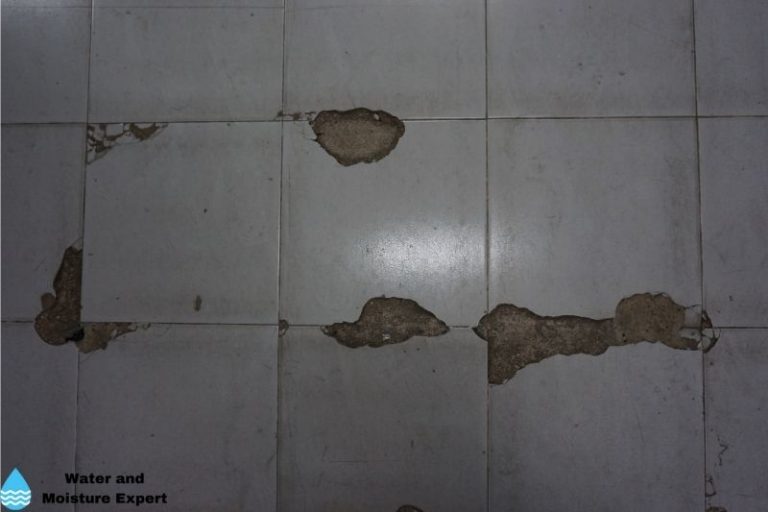Just how do you really feel in relation to How to Prevent Bathroom Water Damage?

The shower room is extremely susceptible for wet accumulation and prospective water damages due to the regular use water in it. This article provides basic examination techniques to assist identifying water damage risks.
The regular use water in the washroom makes it extremely susceptible for damp buildup and also potential water damage. By checking it consistently, you can lower water related damages.
The complying with set of assessments is simple to do and also must be done as soon as in every 3 months in order to maintain your shower room healthy as well as to prevent potential water damages caused by the bathtub, the shower, pipe joints and plumbing, sinks, cupboards, as well as the bathroom
Do not overlook carrying out these evaluations and be thorough while executing them. Remember that these basic evaluations can save you a lot of money by giving very early indicators for water damage
Sinks and Cabinets
Sinks and closets are revealed to wetness as well as humidity day-to-day and also are commonly ignored. Examine regularly under the sink and also on the kitchen counter above it. Repair any kind of drip in the catch as it may suggest drainpipe issues. Take a look around the sink, slow draining pipelines might suggest a blocked drainpipe. Replace sink seals if they are cracked or loosened.
Tub and Shower
The shower and also tub require unique attention and also maintenance. Examine the tiles as well as change if split. Make sure that there is no missing out on grout in between the tiles. Check and change cracked caulking at joints where the wall surfaces fulfill the floor or the tub. Obstructed drains as well as pipelines problems will protect against the bathtub from drying out and also might indicate major troubles beneath the bathtub. Speak with a specialist immediately to avoid architectural damages. Pay attention to discolorations or soft areas around the bathtub walls as they might show an internal leak.
Plumbing
Signs for water damage are difficult to identify since many pipes are set up inside the wall surfaces.
Pay unique attention to flooring as well as wall surfaces dampness and also stains as they might show an unnoticeable plumbing issue. Examine moisture levels in adjacent areas as well.
The Bathroom
The bathroom is an at risk water junction. Check the water lines as well as look for leakages around the commode seat, in the tube, and under the water storage tank. If you find any kind of signs of moisture on the floor around the bathroom, look for leakages in the toilet edge and container seals.
Be aware that hanging bathroom dish antiperspirants increases the possibilities for blockages.
Water Damage Signs In The Bathroom To Avoid Cleanup
Musty smell
This is one of the easiest signs to catch because musty smells are so odorous. The damp, earthy, moldy smell should be a big red flag. The smell will develop when moisture gets trapped in surfaces, and begins to facilitate mold growth. Leaking pipes under cabinets, inside walls, and behind shower fixtures will cause moisture to stay trapped and not dry, which will lead to mold growth and spread. As soon as you notice any musty smells in your bathroom, have it checked for hidden water damage and cleanup signs.
Visible mold
If the smell isn’t there to give it away, sometimes you will actually see mold growth. Finding mold in your bathroom is a serious problem, because mold is very harmful to your health. By the time mold growth is visible, it also means that water damage has already occurred and been present for some time. The only way the mold problem can be resolved is to find the source of the moisture and get it stopped. To safely and adequately remove mold, you need to have professionals handle the remediation. Do not waste any time in getting mold problems addressed, fixed, and sanitized so that you can protect you and your family from the many respiratory symptoms caused by mold exposure.
Damaged floors
Bathroom floors should be able to withstand some exposure to water while still remaining in good condition. However, when excess exposure or water leaks occur, they will begin to damage even the most water-resistant flooring. If you notice any cracking, bubbling, staining, or warping on your bathroom floors, there is probably a water leak somewhere causing the distortion. If you notice areas of the floor have become softer, or even have a spongy feeling, there is probably damage to the subfloor. Subflooring is typically made up of plywood. When plywood is exposed to water or moisture, it will absorb it. Once it has become saturated, the weight of the excess water will cause the wood to swell and soften. Check the floors in your bathroom frequently to catch any of these sings before they lead to damaged subflooring.
Changes on walls
When water leaks behind walls, it will cause changes in the drywall. Peeling plaster, blistering paint, and soggy wallpaper are all good indicators that excess water is building up behind the wall. Water leaking behind drywall will cause it to swell and be soft to the tough. If you start to notice gaps along the trim of your walls, or where tile meets the wall, it could also be a strong indicator that there is a leak behind the wall. Any changes, distortion, or damage on the walls should be evaluated as soon as you notice it to prevent further water damage and cleanup.

Do you enjoy reading about Preventing Water Damage in the Bathroom? Write a comment down below. We will be pleased to hear your opinion about this post. In hopes that you come back again before long. Sharing is nice. You won't know, you could be helping someone out. Many thanks for your time. Please visit our website back soon.
Explore